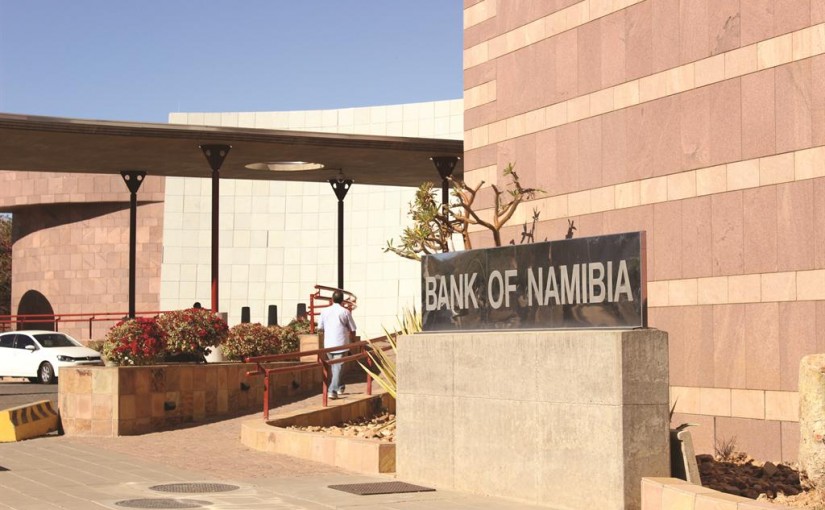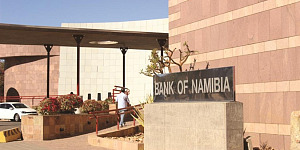Namibia's central bank left its benchmark repurchase rate at 7.0 percent, saying this "rate remains appropriate to maintain the one-to-one link between the Namibia dollar and the South African Rand, while supporting growth in Namibia."
The Bank of Namibia, which raised its rate by 50 basis points in 2016, added that its stock of international reserves was estimated at N$22.9 billion as of Jan. 31, enough to cover 2.8 months of imports and sufficient to maintain the 1-1 peg with the rand.
The level of reserves is down from N$25.0 billion as of Nov. 30, 2016.
In its statement, the central bank said growth last year was estimated to have slowed from 2015 while inflation rose.
The central bank's monetary policy committee did not repeat its view from December when it said it expected growth to improve in 2017 and inflation to decline.
Namibia's inflation rate rose to an average of 6.7 percent in 2016 from 3.4 percent in 2015 and then accelerated further to 8.2 percent in January from 7.3 percent in December to the highest level since October 2009.
The rise in inflation was mainly driven by higher prices of housing, water, electricity, gas and other fuels, transport and food.
Last year private sector credit grew by 11.4 percent, down from 15.3 percent in 2015, due to lower credit to both the corporate and household sectors. But growth in loans and advances grew by 10.8 percent, up from 7.1 percent.
The downward trend in credit has continued, the central bank said, with annual growth of total private sector credit up 8.9 percent and up by 9.3 percent for individuals in December.
Namibia's economy last year was been hit by lower mining output, in particular diamond mining, along with contraction in construction, slower public sector spending and a decline in agricultural output due to drought, though less than in 2015.
In its previous statement from December the central bank forecast 2016 growth of 2.5 percent, down from 5.3 percent in 2015, but in today's statement it only said growth had slowed.
The International Monetary Fund estimated in December that Namibia's economy last year slowed to growth of 1.6 percent, but should then pick up speed this year to 5.1 percent and 5.4 percent in 2018 as output from new copper, gold and uranium mines ramps up.
The IMF also forecast that inflation should ease to 6.0 percent by the end of 2017 and then to 5.7 percent end-2018.
In the third quarter of last year Namibia's Gross Domestic Product shrank by an annual rate of 1.0 percent, slightly up from a fall of 1.5 percent in the second quarter following growth of 3.5 percent in the first quarter.




































